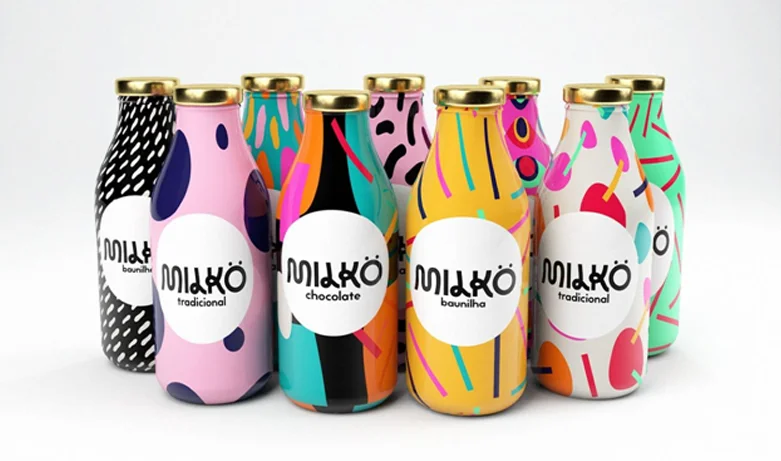The marketing Canvas!

When shopping at a supermarket or looking for other products, exceptional packaging catches the eye. Packing plays a significant role in grabbing attention of the consumers to the products. The field of packaging is evolving each day and is vital for storage and branding of the respective products. There are several modes of packaging. Food packing is primarily concerned with how food items are packed as well as the technologies and materials employed. It is a very traditional process that has evolved over time with the advancement of technology and requirements.
Food packing history goes way back to China. The Chinese were the inventors of paper. It was used for packing food and other items back then. Packaging ensures the protection of products that are to be displayed, sold, etc. in the market. Some of the common modes of packaging are paper packets, cans, plastic boxes, envelops, etc.
Different type of packing
As the requirements vary, the mode of packaging also varies. Based on need, there are four major types of packaging techniques.
- Anti-corrosive Packaging
- Pharma Packaging
- Plastics Packaging
- Flexible Packaging
1. Anti-corrosive Packaging
This mode of packaging is used to prevent metal surfaces from corrosion. Corrosion is a chemical or anti-chemical reaction that can occur in metal packing products. It also prevents products from getting exposed to variable climate change. In this way, the product inside is protected from undergoing various chemical changes. Thus, the shelf life of the product is increased.
2. Pharma Packaging
Pharma packing is also called drug packing. The pharmaceutical sector has vast packaging techniques as it is required for packing life-saving drugs and surgical equipment for safely packing them and further distribution. Since it is related to life, the significance of storing medicines is more crucial. Drug packaging had to be protected from germs, bacteria, the outside environment, and so on, so that the drug remained free of reactions and safe to use. The types of pharma packings are;
- Containers
- Aluminium foil
- Injectibles
- Bottles
- Lamitubes
- Cartons etc
Packaging for pharmaceutical products is classified into primary, secondary, and tertiary. Primary packaging comes into direct contact with the product, whereas secondary and tertiary packaging provides extra protection.
3. Plastic Packaging
Plastic packaging is the most widely used packaging method for a vast variety of items as it is both cost-efficient and long-lasting. Along with that, they are lightweight, sustainable, and versatile. It’s used worldwide in a larger quantity. The advantage of this remains as its biggest drawback as it remains in it's exact form for years, causing a large amount of waste if not reused and recycled. Plastic's self-life prevents it from degrading and is thus a major source of soil pollution. Furthermore, because it remains the same for years, it pollutes the water. However, if used properly, they can be the most effective packing material because they do not react with the products.
4. Flexible Packaging
The rigid and eco-friendly packaging materials constitute flexible packaging. It is lightweight and simple to use. Flexible packing is defined as packing that can easily change shape. If stored in the proper way, flexible packaging will last for a very long time. Flexible packaging is produced from paper, plastic, film, aluminium foil, etc. to produce flexible packing products like bags , pouches, liners, rolls, etc. Packages can entice customers to purchase your product. This is the reason why marketers use packages to print the key specialties of the product, as they can grab the direct attention of the customers. As a part of this, graphic design has developed a wide range of innovations in packaging that are growing day by day. Most of the time, the packaging attracts you more than the product it contains. The primary things that connect you to a product or brand are the color, shape, and packaging innovations. The packaging design is determined by the brand's target audience and the product category. Over all, it creates a brand identity and makes your brand stand out.